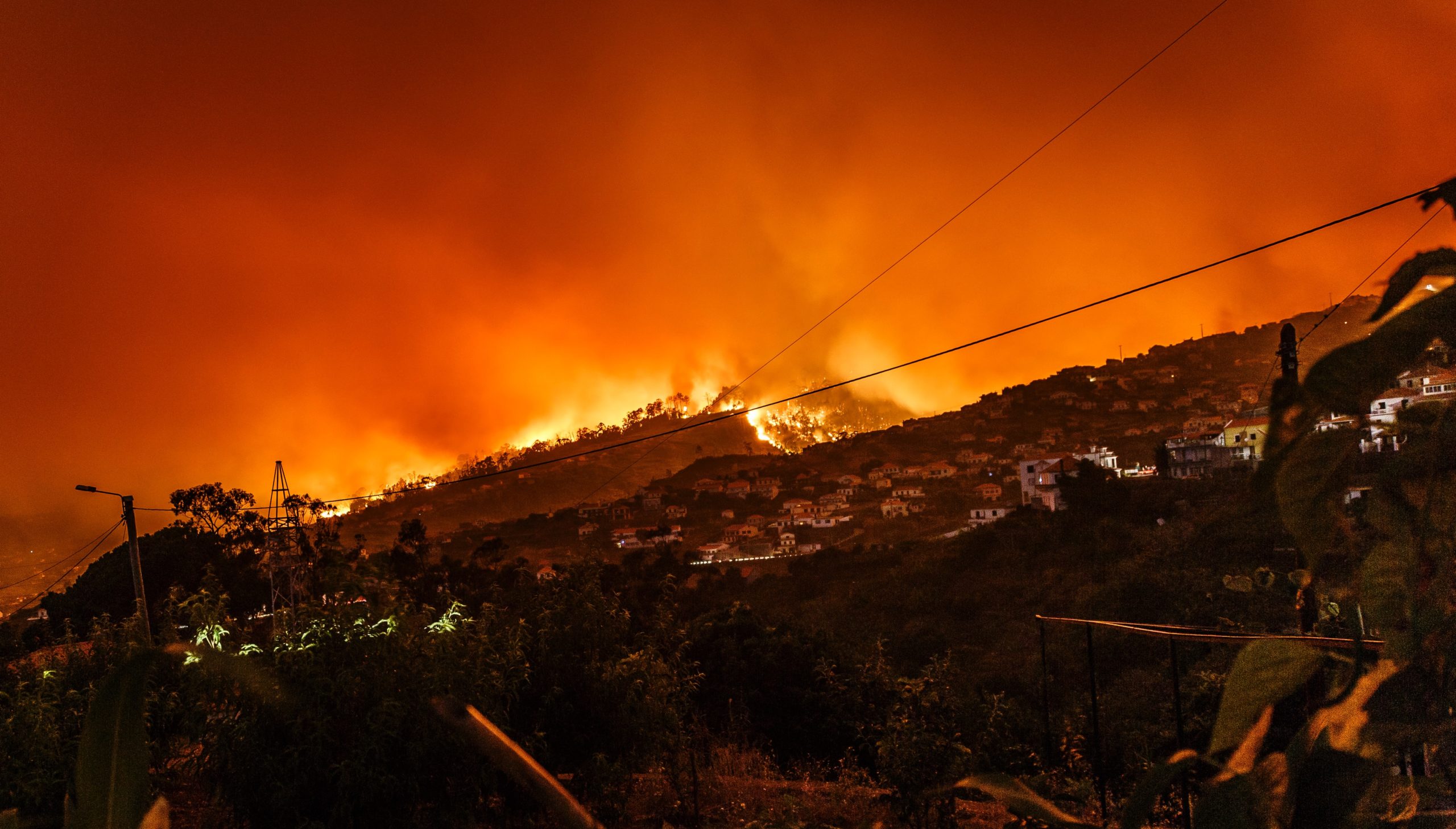by Davion Hutchinson, IEEE REACH Program Specialist
Aug. 11, 2021

We believe preparing students for the real world is important for their success and development. So, here’s a real-world issue your students can learn about in the classroom:
Wildfires have dramatically increased worldwide in recent years, significantly affecting countries’ ecosystems, economies, and communities. Currently, satellites are used for the early detection of wildfires, but this approach can be hindered by cloud cover, and satellites can only detect fires once the burning area reaches an average size of 7.1 square miles. As a result, researchers are looking toward unmanned aerial vehicles (UAVs), or drones, as a more effective wildfire deterrence and prevention source.
In the REACH UAV (Drones) Inquiry Unit, we ask students “How might UAVs be used in military and non-military applications in the near and distant future?” With drones being used as a potential solution for early wildfire detection, students can learn how UAVs have evolved far beyond their origins as a military tool. This type of inquiry unit allows students to think critically about technology and our society, while addressing fundamental questions such as, “Have UAVs been a benefit or detriment to humanity?”
Captivate your students by exploring the social aspects of drones using both a historical narrative of UAV technology and by providing insight into how drones are being used today. Download the REACH UAV (Drones) Inquiry Unit today. It is a full lesson plan that provides you with all the materials you will need to implement it in the classroom, including teacher background, primary sources, videos, and a hands-on activity.
